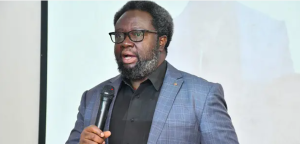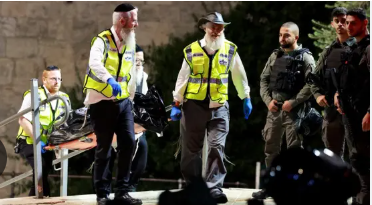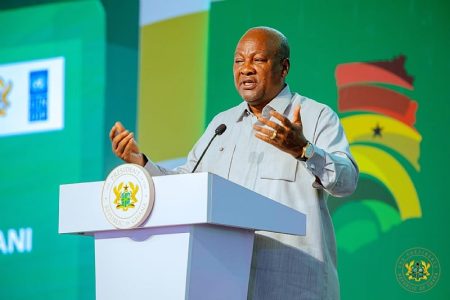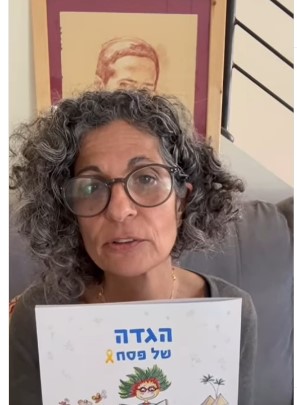A Stabbing Attack and its Aftermath in Jerusalem’s Old City
On a Friday in annexed East Jerusalem, tension gripped the air as a stabbing attack unfolded near the Chain Gate, a significant entry point to the Al-Aqsa Mosque compound. A 25-year-old Israeli police officer, stationed at this sensitive location, became the target of the assault. Swiftly responding to the unfolding violence, fellow officers on the scene shot and neutralized the attacker, preventing further harm. The wounded officer, though injured in the upper body, remained conscious and was promptly evacuated to a hospital by Magen David Adom (MDA), Israel’s emergency medical service. His condition was reported as moderate, offering a glimmer of hope amidst the unsettling incident.
The attack took place at a site deeply revered by both Muslims and Jews, making it a frequent flashpoint for conflict. The Al-Aqsa Mosque compound, Islam’s third holiest site, holds immense spiritual significance for Muslims worldwide and stands as a potent symbol of Palestinian national identity. Simultaneously, the same location, known to Jews as the Temple Mount, marks Judaism’s holiest place, venerated as the site of the Second Temple, tragically destroyed by the Romans in 70 AD. This confluence of religious and historical importance, coupled with the complex political landscape, creates a volatile environment where even seemingly isolated incidents can escalate rapidly.
The immediate aftermath of the attack saw a flurry of activity as Israeli authorities launched an investigation into the incident. There was no immediate claim of responsibility from any group, leaving the attacker’s motives and potential affiliations shrouded in uncertainty. The stabbing underscored the persistent tensions simmering beneath the surface in Jerusalem, particularly in the Old City, where the proximity of sacred sites for different faiths often leads to friction and conflict.
The attack, though contained quickly, served as a stark reminder of the persistent security challenges facing the region. The Old City, with its narrow streets and dense population, presents a unique set of difficulties for security forces. The intermingling of worshippers, tourists, and residents, coupled with the historical and religious sensitivities, creates a complex web of interactions that can quickly become strained. Maintaining order and preventing violence in such an environment requires constant vigilance and a delicate balance of security measures and respect for religious freedoms.
The incident also highlighted the precarious position of police officers tasked with maintaining security at these sensitive locations. The officer’s vulnerability, standing guard at a prominent gateway to a contested holy site, underscored the risks inherent in their duty. Their role, often demanding and dangerous, necessitates making split-second decisions in situations fraught with tension, where the potential for violence can erupt without warning. The swift response of the fellow officers in neutralizing the attacker demonstrated their preparedness and commitment to protecting both themselves and the public.
In the broader context, the stabbing incident reflects the unresolved political status of Jerusalem, particularly the eastern part of the city, which was annexed by Israel in 1967 following the Six-Day War. This annexation, while recognized by Israel, remains contested by the international community, particularly by Palestinians who claim East Jerusalem as the capital of their future state. The incident underscores the sensitive nature of the city, where the interplay of religion, history, and politics creates a volatile mix. Isolated acts of violence, such as this stabbing attack, often become symbolic of the larger, unresolved conflict, further complicating efforts to achieve a lasting peace.














